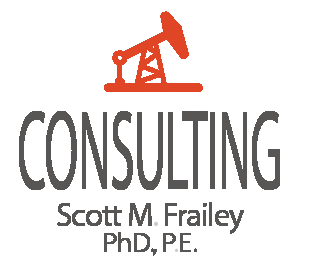Within a section, courses can be taught as an individual module or a series of modules for a more comprehensive multifaceted course. They are available on consecutive days or over a period time at designated frequency.
Formation Evaluation
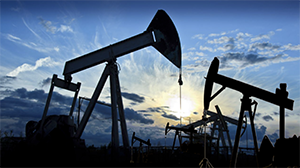
The courses focus on open hole well log analyses for the purpose of setting pipe, selecting the perorated interval, and behind pipe opportunity. The analyses and interpretation are presented in a simplistic and fundamental way that is easy to remember and use.
FE1: Qualitative Well Log Analyses: Expectations and Exceptions (Rules and Exceptions)
FE2: Quantitative Basic Well Log Analyses
FE3: Advanced Well Log Analyses: Carbonate Reservoirs-Porosity and Wettability Variations
FE4: Advanced Well Log Analyses: Shaly Sands-Producing the “wet-looking” Oil Reservoirs
FE5: When Log Analyses Fails: Rmf, Rw, Porosity Type, Wettability, and Lithology Assumptions
FE6: Net Pay: Porosity, Permeability, and Flow Rate
Well Performance: Production and Injection
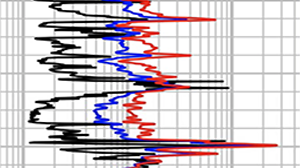 These courses are designed for studying individual wells in the context of comparative production/injection history of other wells in the field or area producing from similar formations.
These courses are designed for studying individual wells in the context of comparative production/injection history of other wells in the field or area producing from similar formations.
WP1: Pressure, Perm, and Skin: Making the Most of Your Well
WP2: The Economics of Pressure Transient Testing: Part 1- Design
WP3 The Economics of Pressure Transient Testing: Part 1- Analysis
WP4: Design of Pressure Falloff Tests: Diagnosing Your Underperforming Water Injection Well
Reservoir Engineering
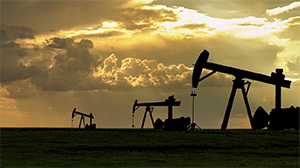
These courses are designed to provide understanding of concepts and approaches in a simple, practical way that is intuitive and usable following the course. Some classes focus on basic ideas or entry level staff or those in another discipline interested in learning about reservoir engineering.
RE1: Reservoir Rock Properties
Watch / Subscribe to Course RE1 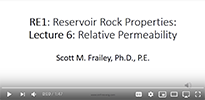 Porosity, permeability, saturation, and capillary pressure are rock properties that directly influence oil and water production and the volume of fluid that can be recovered. Factors that affect each of these is discussed in the context of carbonates and sandstones. Relationships between porosity, permeability, and saturation are used to estimate productivity of formations. Laboratory measurements of each is presented. Additional properties electrical resistivity, relative permeability, and residual saturation are directly part of most reservoirs or interpretations of well logs. Relationships between porosity, permeability, and saturation are used to estimate productivity of formations. Examples of reservoir problems using these parameters are shown, including interpretation of core analyses reports from commercial labs.
Porosity, permeability, saturation, and capillary pressure are rock properties that directly influence oil and water production and the volume of fluid that can be recovered. Factors that affect each of these is discussed in the context of carbonates and sandstones. Relationships between porosity, permeability, and saturation are used to estimate productivity of formations. Laboratory measurements of each is presented. Additional properties electrical resistivity, relative permeability, and residual saturation are directly part of most reservoirs or interpretations of well logs. Relationships between porosity, permeability, and saturation are used to estimate productivity of formations. Examples of reservoir problems using these parameters are shown, including interpretation of core analyses reports from commercial labs.
RE2: Reservoir Fluid Properties
RE3: Understanding Reservoir Behavior: Reservoir Geology, Drive Mechanisms, Flow Unit, Oil Production and Recovery
RE4: Waterflooding Basics
RE5: Troubleshooting Well and Pattern Performance: Use of Simple Reservoir Models
RE6: CO2 EOR
Storage engineering
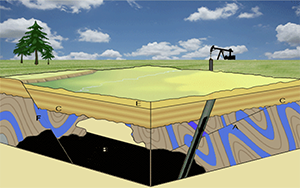 These courses are designed to be applicable to CO2 and natural gas storage well work and project work. The classes include general interest topics on reservoir and production engineering.
These courses are designed to be applicable to CO2 and natural gas storage well work and project work. The classes include general interest topics on reservoir and production engineering.
